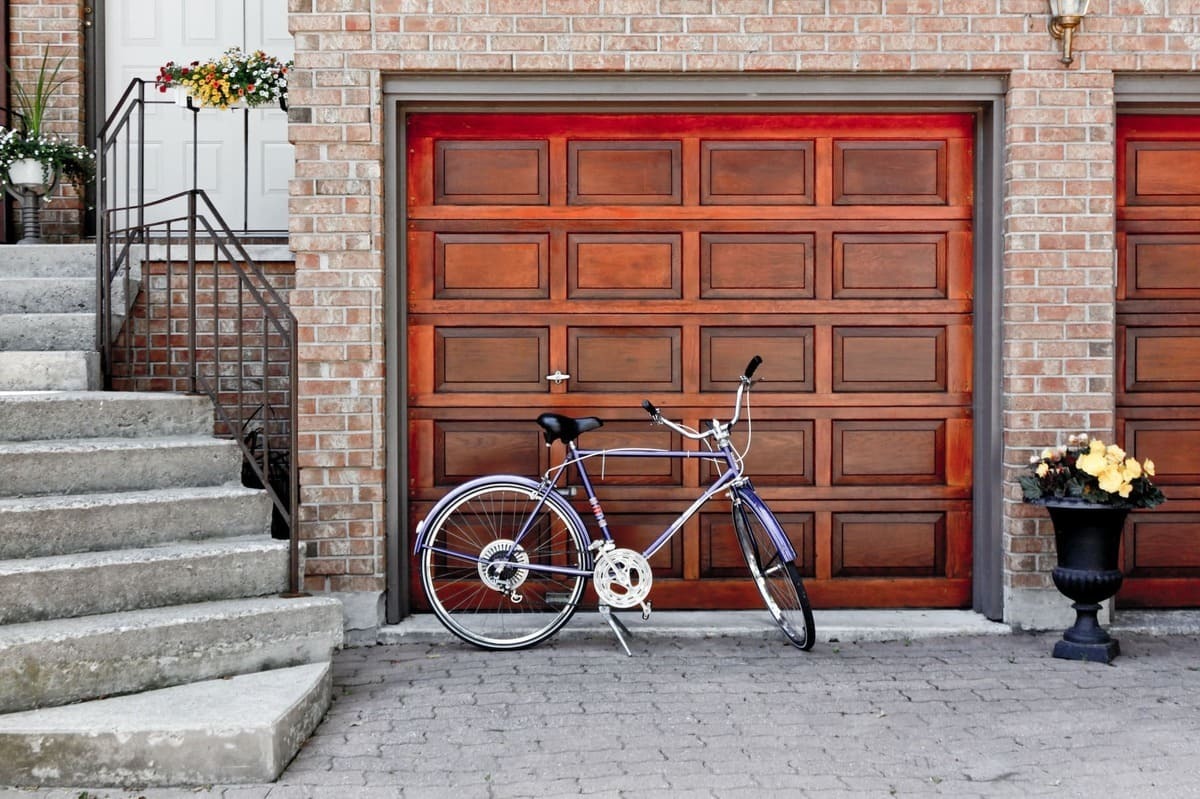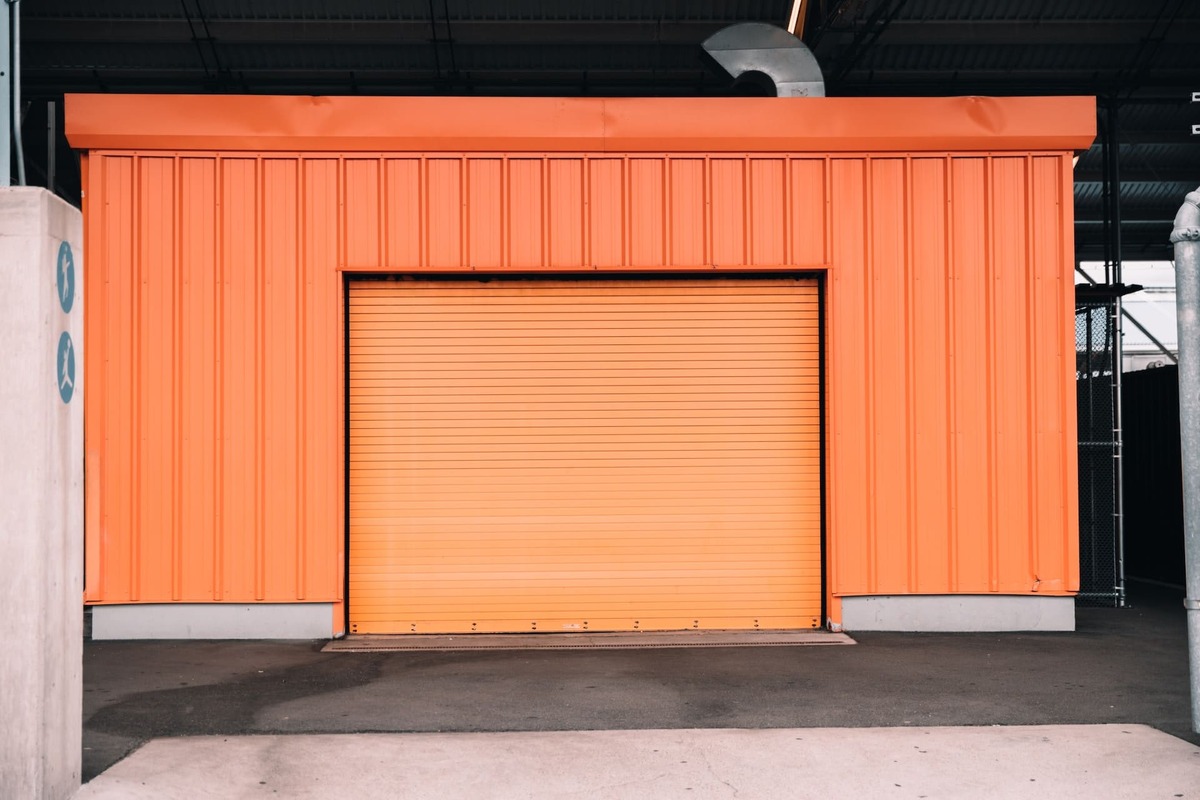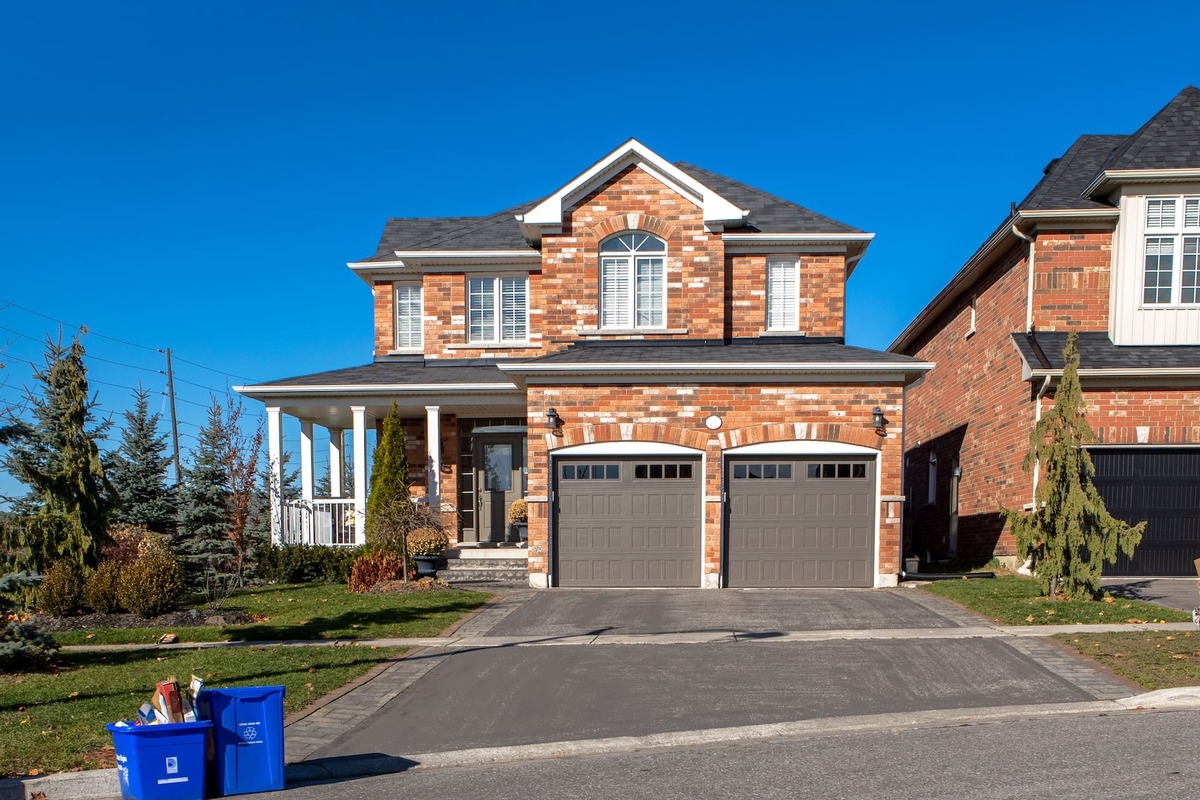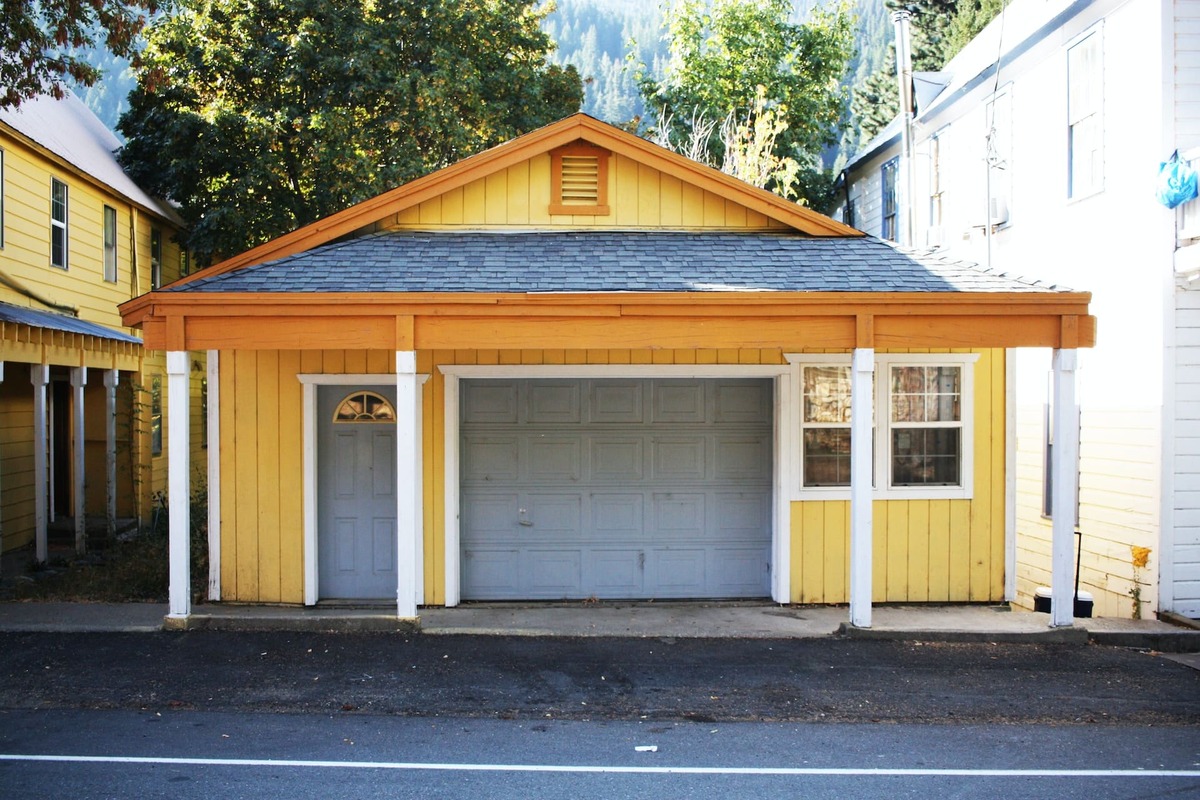Welcome to our comprehensive guide on garage door spring repair! Your garage door springs play a vital role in the smooth operation and functionality of your garage door. Over time, these springs can wear out or break, leading to issues that require immediate attention. In this article, we will delve into everything you need to know about garage door spring repair, including its importance, common problems, signs of damage, DIY tips, and the benefits of professional assistance. So, let’s get started!
Importance of Garage Door Spring Repair
Garage door springs are responsible for counterbalancing the weight of the door, making it easier to open and close. These springs bear a tremendous amount of tension, which means they are susceptible to wear and tear over time. It is crucial to understand the significance of regular maintenance and timely repairing a garage door spring to ensure the longevity and proper functioning of your garage door.
Common Problems with Garage Door Springs
Broken Springs
One of the most common issues with garage door springs is breakage. Springs are subjected to frequent cycles of tension and release, leading to eventual wear and tear. When a spring breaks, it can render your garage door inoperable, making it a pressing problem that requires immediate attention.
Rust and Corrosion
Garage door springs are typically exposed to the elements, which can result in rust and corrosion. These factors weaken the springs over time and increase the risk of breakage. Regular lubrication and maintenance can help prevent rust formation and extend the lifespan of your springs.
Incorrect Spring Tension
Garage door springs must have the appropriate tension to function optimally. If the tension is too loose, the door may not stay open or close properly. Conversely, if the tension is too tight, it can strain the springs and other components of the garage door system. Balancing the tension requires precision and expertise, making professional assistance highly recommended.
Signs of Damaged Garage Door Springs
Uneven or Slanted Door
When garage door springs are damaged, the door may appear uneven or slanted when in the closed position. This imbalance can put additional stress on other parts of the door, potentially leading to further damage.
Excessive Noise
Damaged springs can cause excessive noise during door operation. If you hear loud creaking, grinding, or popping sounds when opening or closing your garage door, it may indicate spring issues.
Slow or Jerky Door Movement
If your garage door moves slowly or jerks while in operation, it could be a sign of damaged springs. The springs provide the necessary tension for smooth and controlled movement, so any disruption can affect the door’s overall performance.
DIY Tips for Repair of Garage Door Spring
While it is strongly recommended to seek professional help for garage door spring replacement, there are a few DIY tips you can consider if you have the necessary skills and tools:
Safety First
Before attempting any repairs, ensure you prioritize safety. Wear protective gear such as gloves and safety glasses to prevent injuries.
Identify the Problem:
Determine whether you have extension springs or torsion springs, as the repair methods may differ. Inspect the springs for visible damage, such as breaks or rust.
Replace Broken Springs
If you have experience and feel confident, you can replace broken springs yourself. However, it’s essential to follow the manufacturer’s instructions and use the correct type and size of springs.
Regular Maintenance
To prevent future issues, perform regular maintenance tasks such as lubricating the springs and checking for signs of wear and tear. Lubricating the springs with a silicone-based lubricant can help reduce friction and prolong their lifespan.
Exercise Caution
Keep in mind that working with garage door springs can be dangerous, especially if you lack experience or proper tools. If you are unsure or uncomfortable with any aspect of the repair process, it is best to leave it to the professionals to avoid accidents or further damage.
The Benefits of Professional Garage Door Spring Repair
While DIY repairs may seem tempting, enlisting the services of a professional for your garage door spring repair offers numerous benefits:
Expertise and Experience
Professional technicians have the knowledge and experience to identify and address a wide range of garage door spring issues. They understand the intricacies of different types of springs and can provide the most suitable solutions for your specific situation.
Proper Tools and Equipment
Repairing garage door springs requires specialized tools and equipment. Professional technicians come equipped with the necessary tools to ensure efficient and safe repairs. They also have access to high-quality replacement springs, ensuring optimal performance and durability.
Safety
Working with garage door springs can be hazardous, as they are under high tension. Professional technicians are trained to handle these springs safely, minimizing the risk of accidents or injuries. They follow safety protocols and take necessary precautions throughout the repair process.
Time and Convenience
Repairing garage door springs can be time-consuming, especially if you are unfamiliar with the process. By hiring professionals, you can save time and avoid frustration. They can quickly diagnose the issue, make the necessary repairs, and get your garage door back to working order promptly.
Comprehensive Service
Professional garage door spring repair often includes a comprehensive inspection of your entire door system. This allows technicians to identify any underlying issues or potential problems that may affect the performance of your garage door in the future. Addressing these issues early on can prevent costly repairs down the line.
Conclusion
Garage door spring repair is a crucial aspect of maintaining the functionality and longevity of your garage door. Understanding the common problems, signs of damage, and the importance of professional assistance can help you make informed decisions regarding the repair process. While DIY repairs may be an option for some, it is always recommended to seek the expertise of professionals to ensure safety, efficiency, and long-lasting results.
Remember to prioritize regular maintenance, including lubrication and visual inspections, to keep your garage door springs in optimal condition. By doing so, you can avoid unexpected breakdowns and enjoy the convenience and security provided by a well-functioning garage door.








